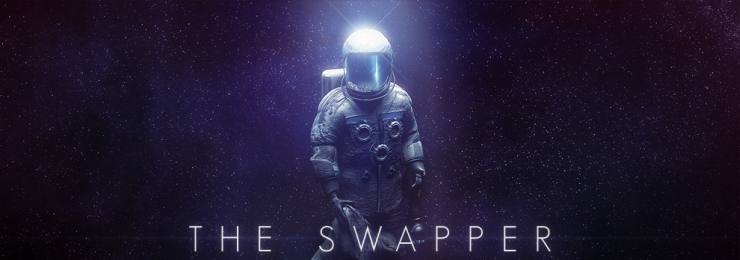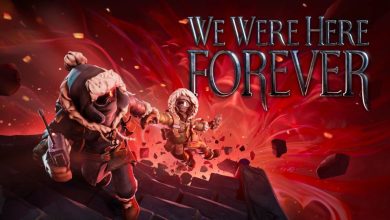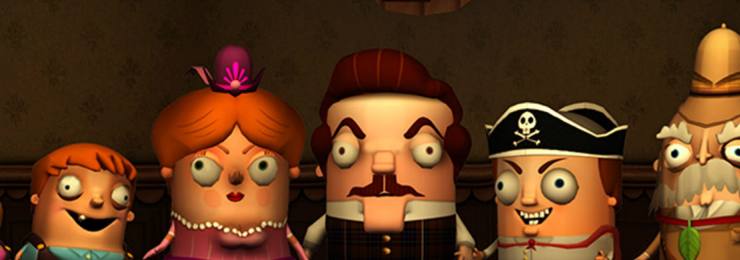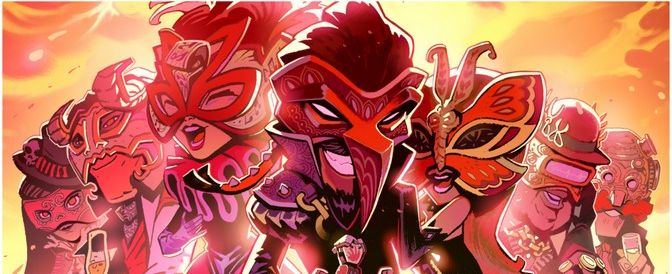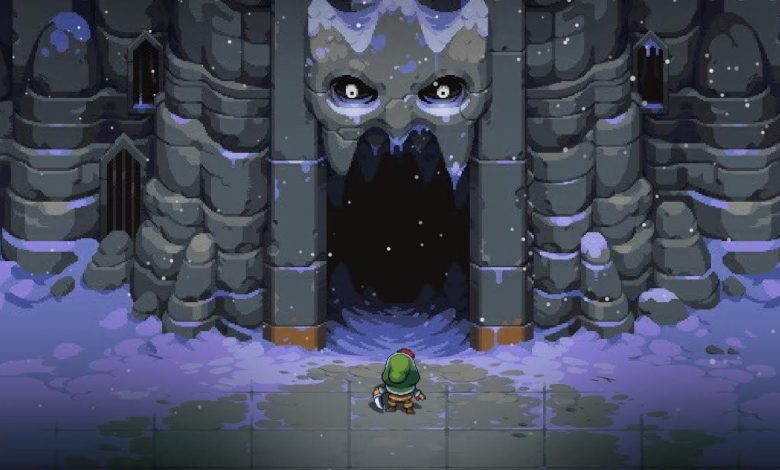
DUNGEONS OF DREADROCK
Dungeons of Dreadrock (DoD) by Prof. Dr. Christoph Minnameier (don't ask, I don't know) promises us that we will "relive the days of old school dungeon crawlers, from a new perspective". In the end the truth is quite different, though the end result is still remarkable.
So I think it's right to make something clear from the beginning of the review. Although the whole package, starting with the title of the game, and part of the marketing, which name drops titles like Eye of the Beholder and Legend of Grimrock, allude to an RPG, DoD is a pure puzzle game.

Before we discuss the gameplay, let's say a few words about the story. The unnamed protagonist is a simple, everyday girl who lives in a village that has the misfortune of being adjacent to the dungeon of the undead Dead King, who many years ago raided the village. Every year since then, the village elders have chosen a young warrior to venture into Dreadrock Mountain, the Dead King's lair, and wipe him out once and for all. No young warrior has managed to return alive, yet for many years now the Dead King has stopped raiding. Strange. I guess the unmatched courage of the young warriors scares him, even though none of them survived. What other explanation could there be?
In any case, this year the lot fell to the protagonist's brother. And while at first she promises to simply wait for her brother at the entrance to Dreadrock Mountain, as the hours pass she realizes that the wry has no better chance of survival than his predecessors, and decides to follow at his heels and save the day herself.
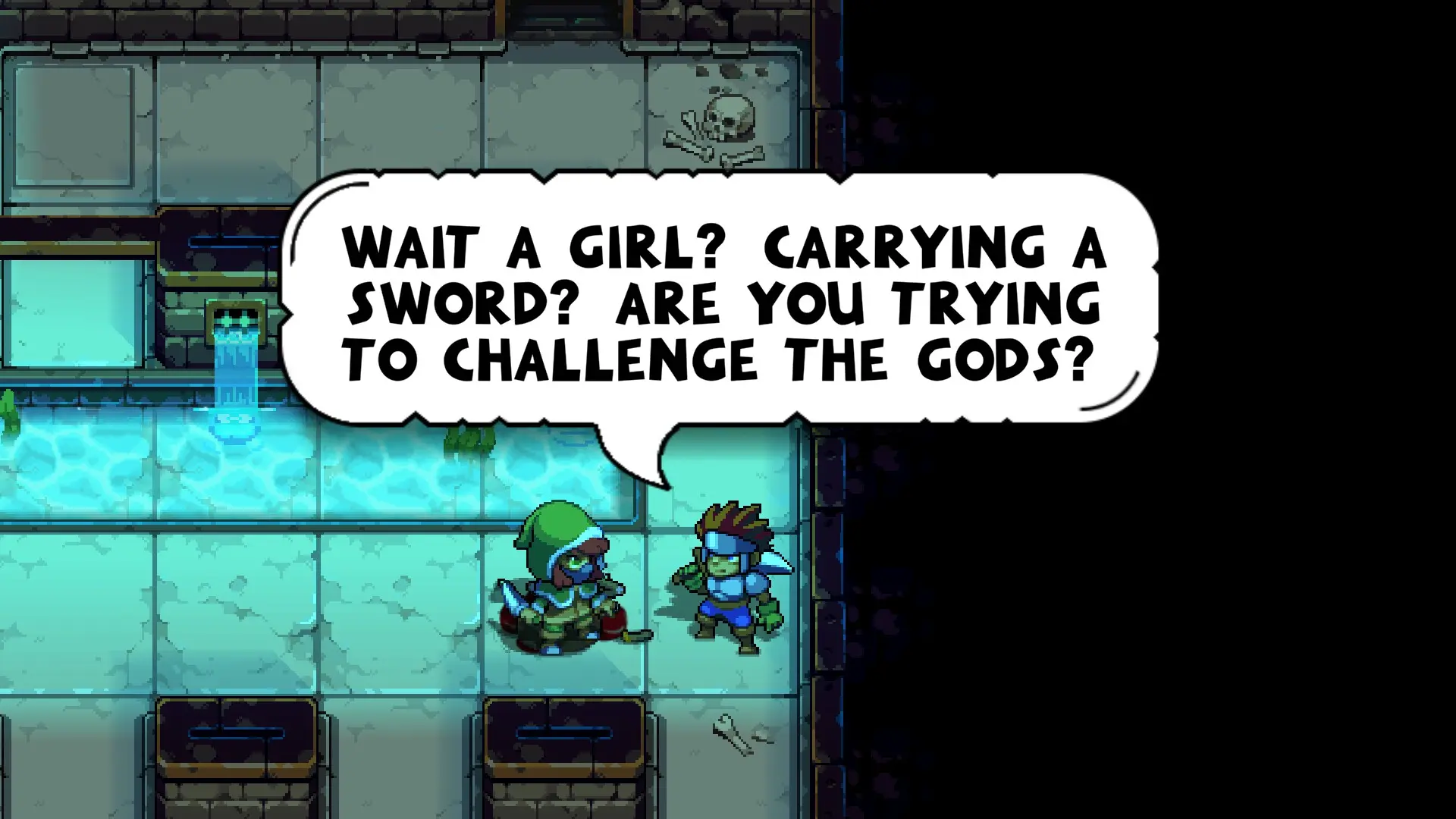
Upon entering Dreadrock Mountain, the main game begins, which at first glance will probably remind you of the Zelda classics. But the visual similarity is entirely superficial, as DoD is not an action adventure but an isometric perspective puzzle game, and a turn-based one at that, or at least not real-time. Some enemies do indeed do nothing unless we move. Some others can act simultaneously with us, but all actions are "metered" according to the (fixed) time of moving from one tile to another. It's really like they've taken the grid-based movement of a game like Legend of Grimrock and put it into isometric perspective. Maybe I'm making it sound complicated, but in practice it works flawlessly and it's not going to be difficult even for an elementary school kid.
Each of the hundred rooms (Chapters, as the game calls them) is a single-screen grid of varying dimensions but rarely exceeding 8×8 = 64 tiles, containing all the tropes and trappings of a traditional RPG. Goblins, skeletons, ogres, minotaurs, dark elves, are just a few of the enemies you'll have to face. But while we have a sword at our disposal with which to kill the weaker enemies, our progress depends almost entirely on the clever use of levers, arrow and fireball traps, pressure plates, teleporters and positioning/line-of-sight combinations with which we either kill or evade opponents, always with the goal of making it to the next chapter. In some cases timing matters, but the time limits are generous. Later, while no chapter exceeds one screen in size, there are circumstances that require backtracking between 2-3 chapters to resolve.
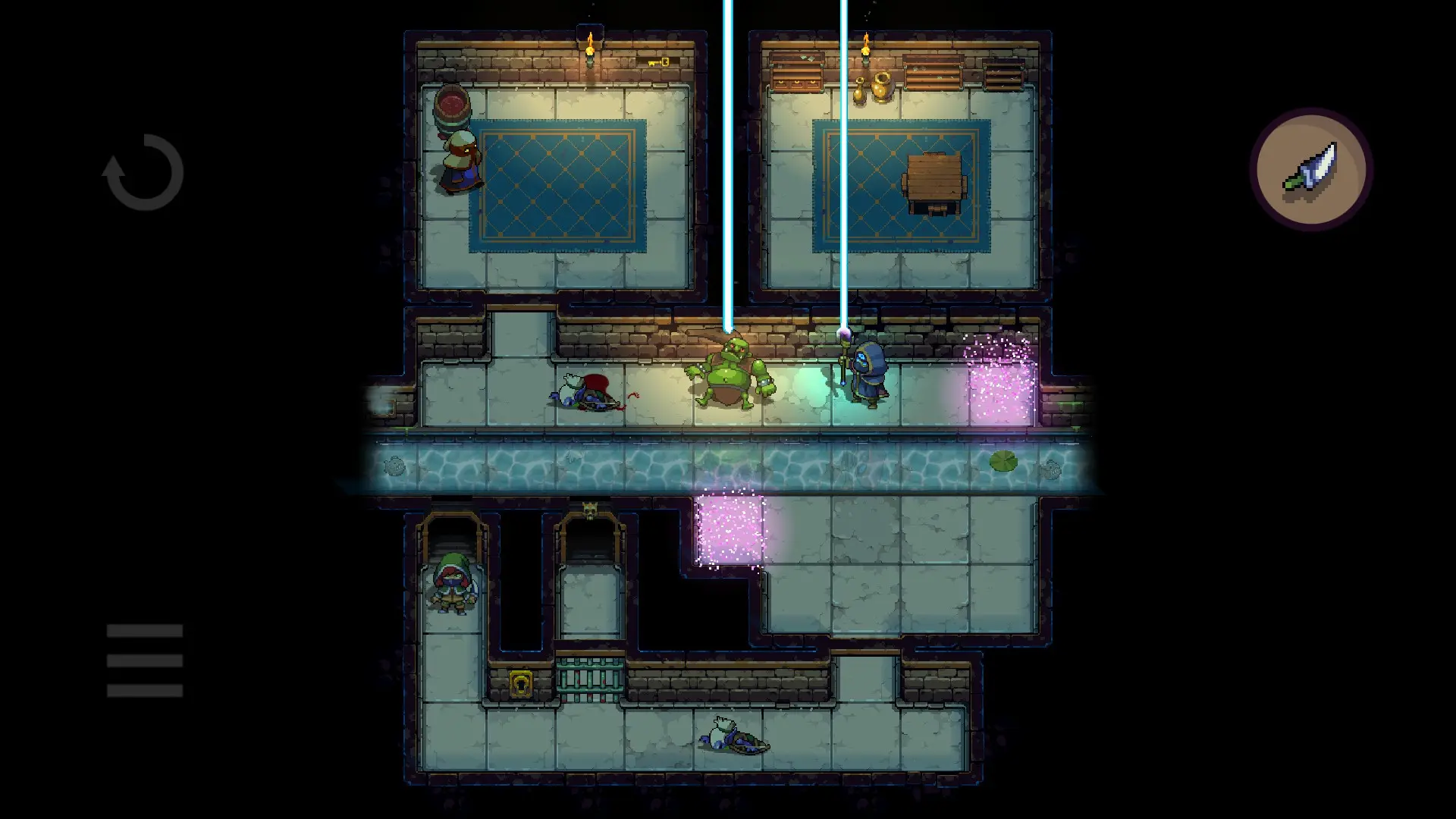
The DoD has the mobile market as its main target - this can be seen by the fact that unfortunately even the most basic options shine in their absence. I even had to adjust the volume via the Windows Volume mixer. However, given the limitations of its origin, the technical aspect is considered satisfactory. The aesthetics, reminiscent of Playstation 1/Saturn era pixel art, interspersed with some more modern lighting and reflection effects, brings out a warmth that wins the player over. Voice acted is only the narrator, who does a good job. The mobile origins have a positive side, the very low retail price of 2.40 euros, and thankfully there is no monetization of any kind after the initial purchase.
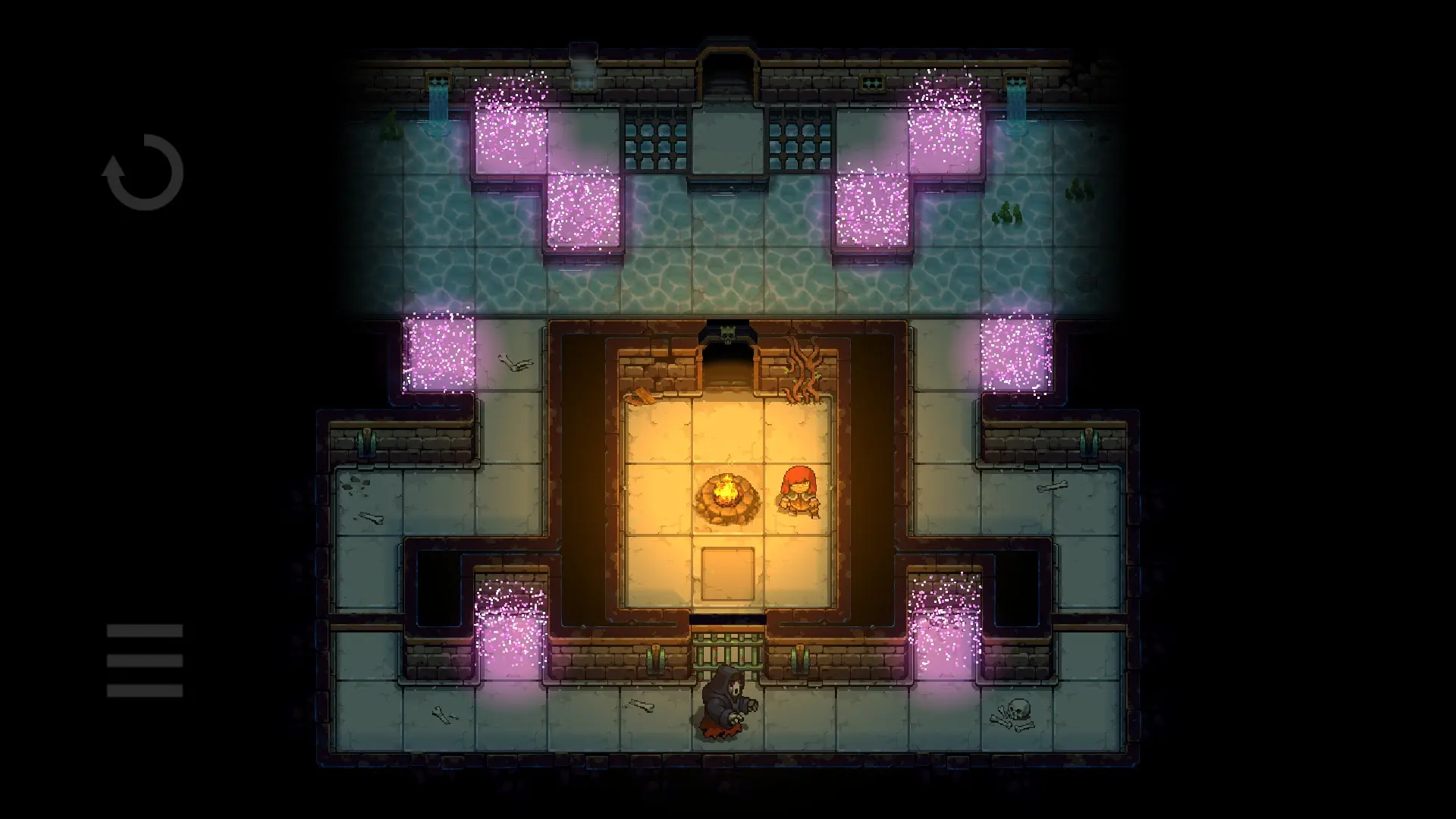
DoD managed to win me over in the approximately 4 hours that a playthrough takes. This despite the fact that until halfway through the low difficulty level had me labeling DoD a "kid's game". I was even thinking that this is to be expected, since how many worthwhile puzzles could be made on one-screen small canvases? In the end, DoD saved the best for last, or at least the second half. There's proper difficulty scaling, and while I never found twisty puzzles, nor was I stuck for more than ten minutes on any one screen, at one point there are challenges that made me feel very satisfied when I exclaimed "aha!" figuring out the solution, and I consider that a great asset to any puzzle game. The fact that this feeling of satisfaction is common towards the end of DoD gives it an advantage when it comes time for the final evaluation, which is overall positive.
RATING - 72%
72%
Grid Dungeon
Those who start out unsuspecting, relying on RPG captions and promises of "isometric Dungeon Master" will be disappointed, and that's clearly a problem. Still, Dungeons of Dreadrock is a perfectly honest puzzle game, at a very low price.






